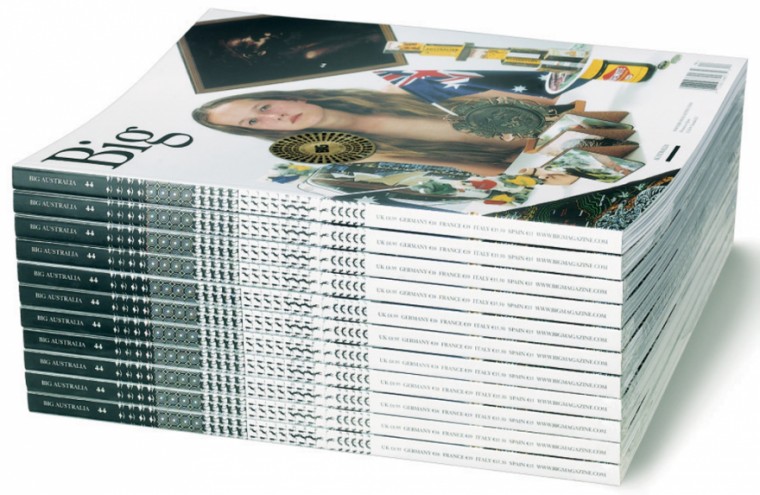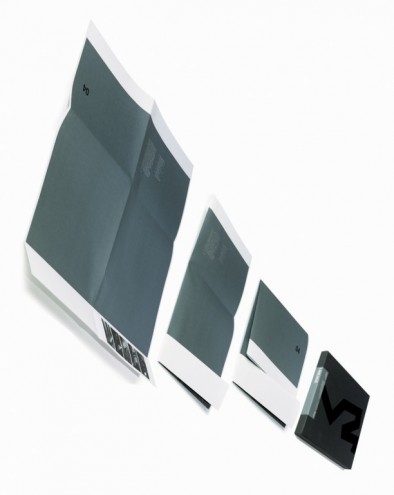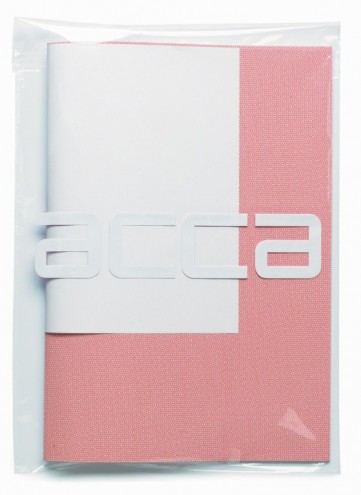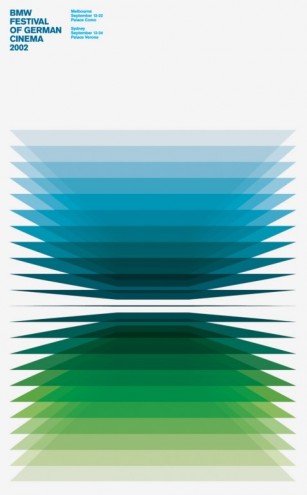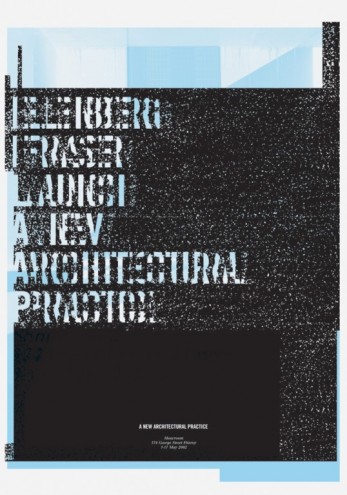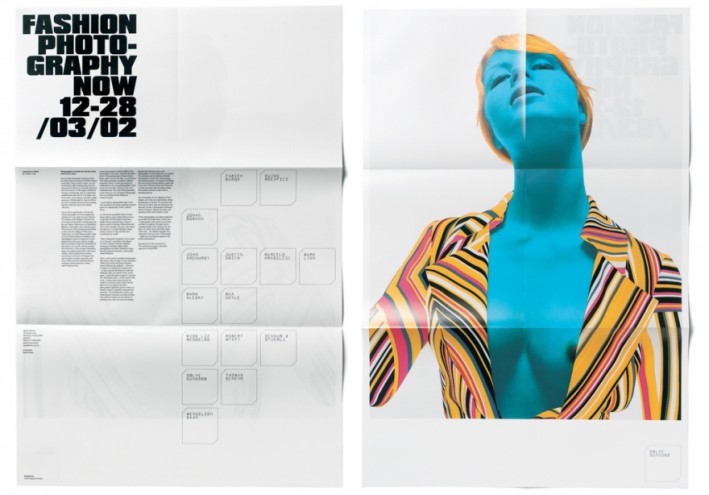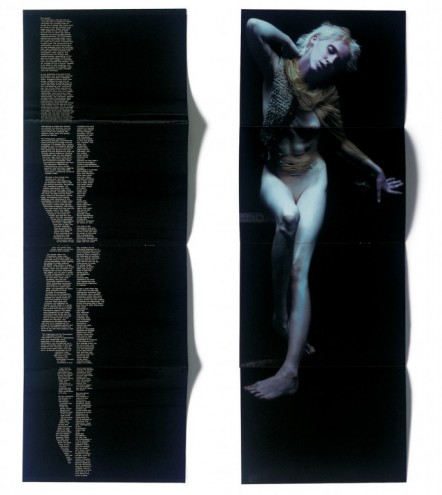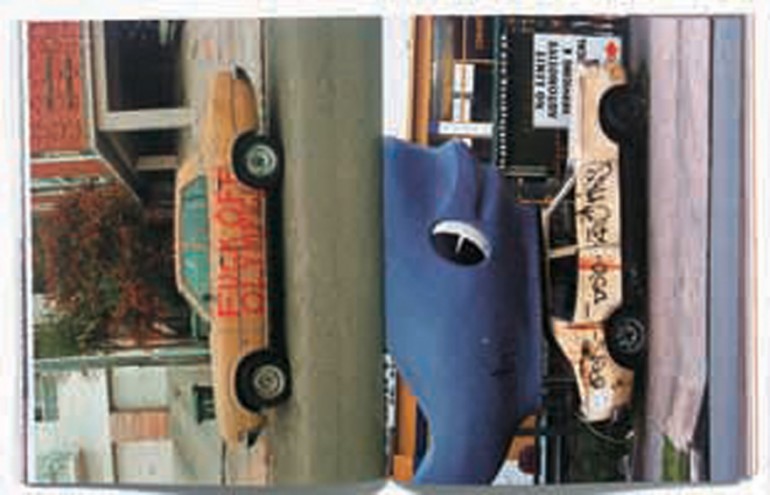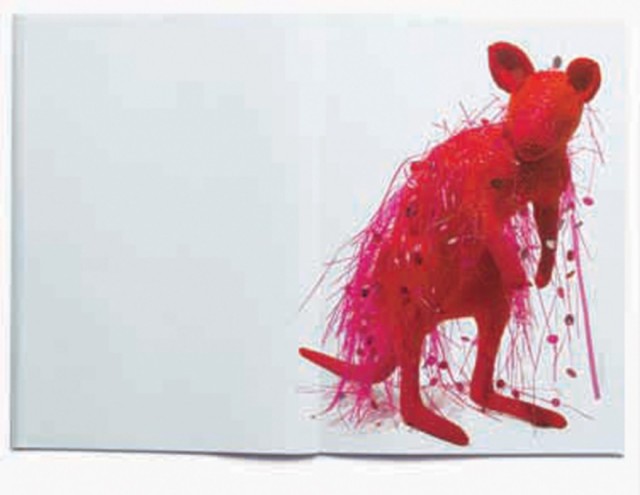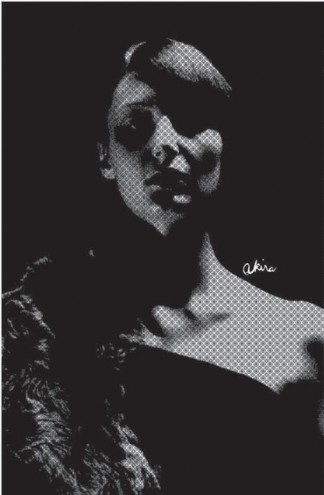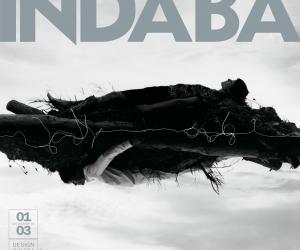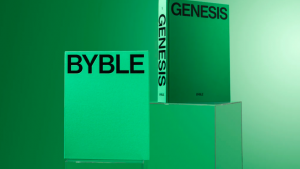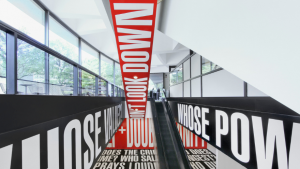First Published in
A confab with Fab Fabio. The Melbourne-based designer impressed many with his frank and honest talk, one that hinted at the more than fleeting similarities between design in Australia and South Africa. Sean O'Toole chatted to Fabio Ongarato about Australia's post-colonial design legacy, and its tendency to mix ideas and use imported design traditions.
In your talk you mentioned that Australian design is a mix of multiple influences, some European, some American. Has this been liberating or debilitating for you as a designer?
I know it's debilitating for a lot of other people trying to find an identity in Australian design. Not for me. You have to get over such anxieties. You have to let it go because then things open up. There are a hell of a lot more possibilities. I think it comes and goes a lot in Australia, but it was not addressed as an issue until Rick Poynor came down to do a research document on Australia, under the auspices of the University of New South Wales. (see reference below - Ed). He came in to find something distinctively Australian but what he picked up on were things that were pretty much clichéd, not really representative of who we are today. Our culture continuously changes.
The legacy that however speaks the loudest is the western legacy. But there are so many peoples from different cultures in Australia now. I just don't think you can rely on the good old kangaroo and koala for a certain Australian angle or attitude. It might have been great during the 1930s, but that is because it was so Anglicised. Now it just doesn't have any bearing at all. So to answer your question about an Australian identity in design, I question the fact that we even have one. It really comes down to a personal agenda, doing what you really want to do.
Who are your core clients?
It's mostly high-end corporates. Sure I do a lot of work in the arts, but they don't have the budgets. Corporates feed the rest. [Laughs] I am involved in the arts more out of a sense of involvement and community. It is rewarding working in the arts because it builds what you do. Contemporary art dealing with contemporary culture is very important in my work. It's really how you mix it all, which is the most exciting part. The cross-pollination.
You speak of your position as being one that straddles multiple disciplines, that it involves being a designer, an editor/curator, an art director and sometimes a craftsperson. Is it frustrating almost being in the position of a facilitator?
No it's not really, because you have to redefine what you do every time you do a job. You never know what you are going to have to do, but that is the challenge. I have five designers in my office and for them they have to think the same way too. Depending on the project they can make calls on art direction if they want, suggest a certain style.
Let's maybe put what you said in context by discussing a particular project. How did you tackle the BIG magazine project?
Like I did any other project, which is pretty much by identifying what we are trying to say right from the start. We set up the context, wrote the introduction for what we are looking for. This made it clear who to approach, who to commission. For instance we got a sports writer to comment on how Australians are spectators - rather than doers. We also had someone write on the notion of border panic, which dealt with the fact that even though we are such a big land we are scared about our territory. Everything was about paradox, the things we love about Australia. In many ways we didn't try to define Australia because we knew that there are so many Australias that all we wanted was to construct different little stories. It was all interpretive.
Do you think that you succeeded?
I would like to do Volume Two. [Laughs] A magazine is as good as the people you use and commission. But it's a magazine, not a bible. It was a little mosaic really.
Moving on to a more general question. In your presentation you mentioned that you have problems with creatives always leaving Australia to go to the big design centres. Is it a big problem?
Itchy feet, absolutely. Because of the frustrations of not being able to do half of what you want to do in the Australian creative industry, it's quite limiting. People leave. There are a lot of talented people who leave. Nearly 50% of my studio's designers have left to work overseas. It's always that thing that's in the back of our minds as Australians. If you're going to make it you have to prove it overseas. There is that mentality that you will never gauge how good you are until you play with the big boys overseas. Take Marc Newson, he wasn't really doing anything big before he went to London.
Last question, were you surprised by anything you saw while in South Africa?
Cape Town seems a lot like Melbourne. The sunlight's the same. The landscapes. Our visit to the township really hit me hard. I saw a different aspect to living here.
In your talk you mentioned that Australian design is a mix of multiple influences, some European, some American. Has this been liberating or debilitating for you as a designer?
I know it's debilitating for a lot of other people trying to find an identity in Australian design. Not for me. You have to get over such anxieties. You have to let it go because then things open up. There are a hell of a lot more possibilities. I think it comes and goes a lot in Australia, but it was not addressed as an issue until Rick Poynor came down to do a research document on Australia, under the auspices of the University of New South Wales. (see reference below - Ed). He came in to find something distinctively Australian but what he picked up on were things that were pretty much clichéd, not really representative of who we are today. Our culture continuously changes.
The legacy that however speaks the loudest is the western legacy. But there are so many peoples from different cultures in Australia now. I just don't think you can rely on the good old kangaroo and koala for a certain Australian angle or attitude. It might have been great during the 1930s, but that is because it was so Anglicised. Now it just doesn't have any bearing at all. So to answer your question about an Australian identity in design, I question the fact that we even have one. It really comes down to a personal agenda, doing what you really want to do.
Who are your core clients?
It's mostly high-end corporates. Sure I do a lot of work in the arts, but they don't have the budgets. Corporates feed the rest. [Laughs] I am involved in the arts more out of a sense of involvement and community. It is rewarding working in the arts because it builds what you do. Contemporary art dealing with contemporary culture is very important in my work. It's really how you mix it all, which is the most exciting part. The cross-pollination.
You speak of your position as being one that straddles multiple disciplines, that it involves being a designer, an editor/curator, an art director and sometimes a craftsperson. Is it frustrating almost being in the position of a facilitator?
No it's not really, because you have to redefine what you do every time you do a job. You never know what you are going to have to do, but that is the challenge. I have five designers in my office and for them they have to think the same way too. Depending on the project they can make calls on art direction if they want, suggest a certain style.
Let's maybe put what you said in context by discussing a particular project. How did you tackle the BIG magazine project?
Like I did any other project, which is pretty much by identifying what we are trying to say right from the start. We set up the context, wrote the introduction for what we are looking for. This made it clear who to approach, who to commission. For instance we got a sports writer to comment on how Australians are spectators - rather than doers. We also had someone write on the notion of border panic, which dealt with the fact that even though we are such a big land we are scared about our territory. Everything was about paradox, the things we love about Australia. In many ways we didn't try to define Australia because we knew that there are so many Australias that all we wanted was to construct different little stories. It was all interpretive.
Do you think that you succeeded?
I would like to do Volume Two. [Laughs] A magazine is as good as the people you use and commission. But it's a magazine, not a bible. It was a little mosaic really.
Moving on to a more general question. In your presentation you mentioned that you have problems with creatives always leaving Australia to go to the big design centres. Is it a big problem?
Itchy feet, absolutely. Because of the frustrations of not being able to do half of what you want to do in the Australian creative industry, it's quite limiting. People leave. There are a lot of talented people who leave. Nearly 50% of my studio's designers have left to work overseas. It's always that thing that's in the back of our minds as Australians. If you're going to make it you have to prove it overseas. There is that mentality that you will never gauge how good you are until you play with the big boys overseas. Take Marc Newson, he wasn't really doing anything big before he went to London.
Last question, were you surprised by anything you saw while in South Africa?
Cape Town seems a lot like Melbourne. The sunlight's the same. The landscapes. Our visit to the township really hit me hard. I saw a different aspect to living here.

